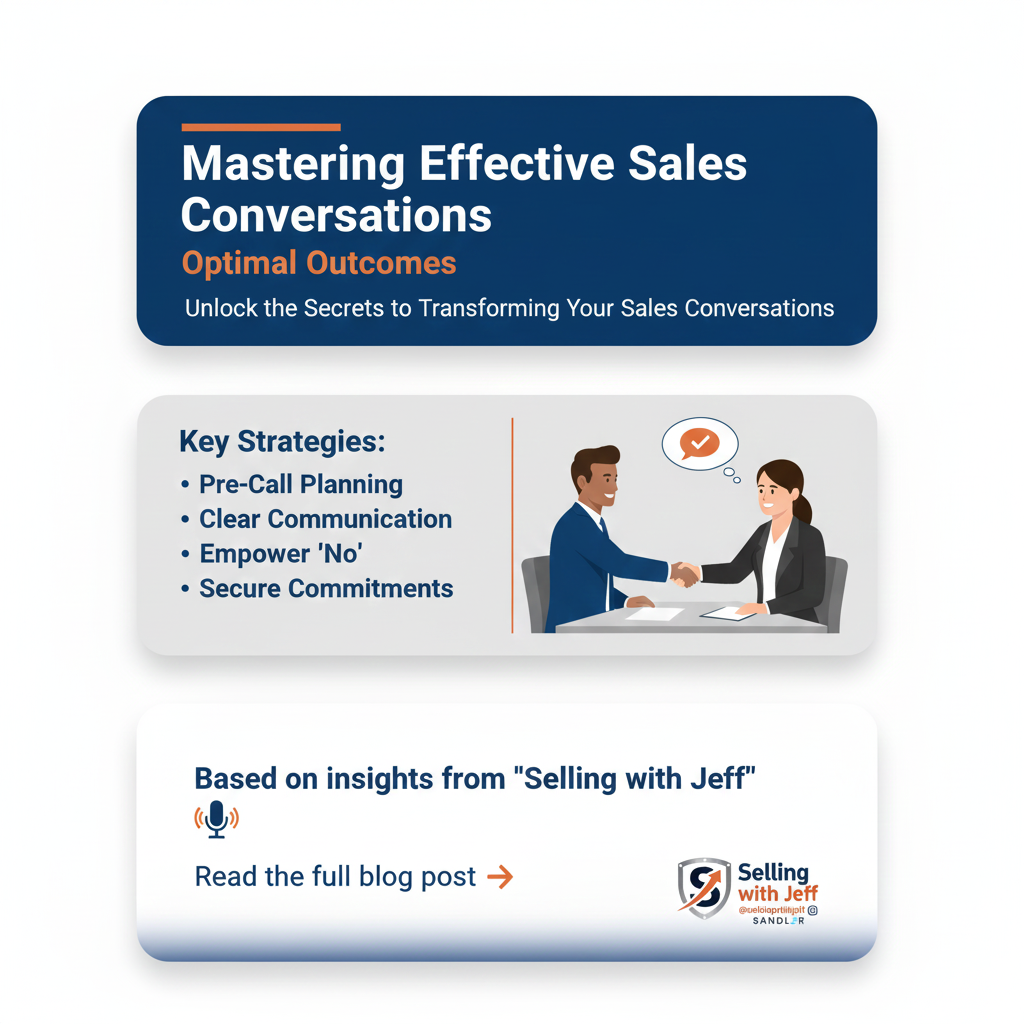Mastering Sales: Overcoming Budget Objections and Closing Deals

Unlock the secrets to handling budget objections effectively and closing more deals with proven strategies.
Identifying and Understanding Client Pain Points
In the world of sales, identifying and understanding client pain points is crucial. Pain points are the specific problems or challenges that a client faces, which your product or service can solve. In our discussions, we've emphasized that pain is a compelling emotional reason to do something different. This means that without identifying these pain points, your chances of effectively addressing budget objections and closing deals are slim.
Clients may not always articulate their pain directly. They might use terms like "outdated," "not enough storage," or "compartmentalized." It's your job as a sales professional to translate these into deeper emotional triggers. For instance, when a client says their home feels "compartmentalized," they might mean they feel isolated from family activities. By honing in on these underlying issues, you can better tailor your solutions and justify the investment required.
The Four Buying Emotions: A Deep Dive
Understanding the emotions driving a client's decision-making process can significantly impact your sales strategy. There are four primary buying emotions: pain in the present, pain in the future (fear), gain in the present, and gain in the future. Of these, pain in the present is the easiest to sell to, while gain in the future is the hardest.
For example, a client might be currently frustrated with their cramped kitchen, which is pain in the present. Conversely, they might fear that their outdated bathroom will become a problem as they age, representing pain in the future. Recognizing which of these emotions is at play allows you to frame your solution more compellingly. Always aim to address pain in the present first, as it is the most immediate and pressing concern for clients.
Effective Techniques for Navigating Budget Conversations
Budget objections are often a significant hurdle in the sales process. However, effective techniques can help you navigate these conversations smoothly. One key strategy is to revisit the client's pain points whenever you hit a roadblock in budget discussions. This helps to remind them of the compelling reasons they need your solution.
Another technique is to give clients a choice when discussing investment. Instead of diving straight into the cost, ask, "For us, investment covers three things: money, time, and inconvenience. Which one do you want to talk about first?" This approach helps to ease into the conversation and makes clients feel more in control. If they consistently avoid discussing money, it might be a sign that they are not a good fit for your services.
Implementing a Robust Decision-Making Process to Seal the Deal
A well-defined decision-making process is essential for closing deals, especially when handling multiple bids or proposals. Start by understanding the client's decision-making history. Ask them how they made decisions on significant past purchases, like buying their house. This can give you insights into their current decision-making framework.
It's also crucial to set expectations early on. Clarify the steps involved in your process and ensure the client understands their role at each stage. For example, if you're dealing with a couple, make sure both partners are involved in key discussions to avoid last-minute objections. By implementing a transparent and robust decision-making process, you can significantly increase your chances of closing the deal.
In conclusion, mastering the art of handling budget objections and closing deals lies in understanding your client's pain points, tapping into their buying emotions, navigating budget conversations effectively, and having a clear decision-making process. By incorporating these strategies, you'll not only overcome objections but also build trust and drive your sales success.


